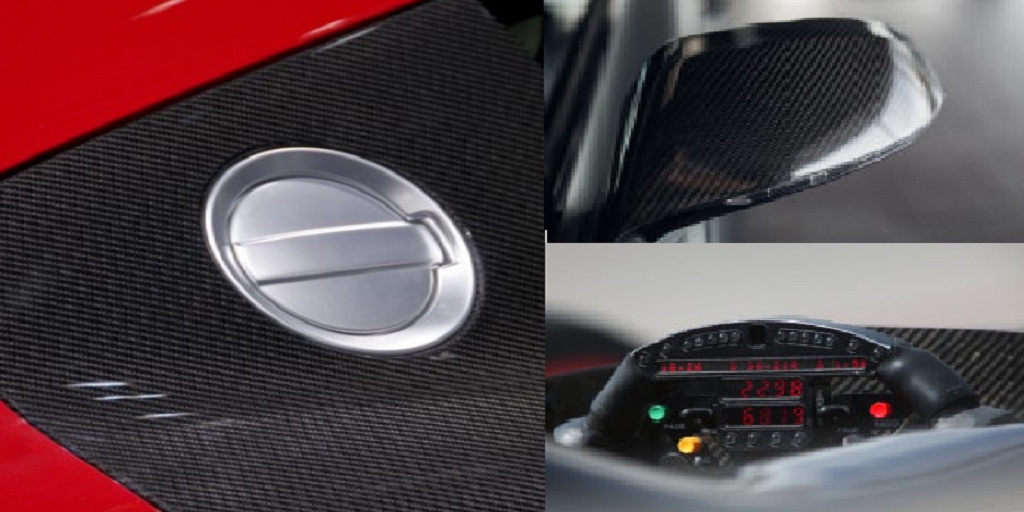
When we think of carbon fiber automotive parts, we usually picture car hoods, spoiler wings, and maybe side skirts. This high-tech material has an incredible strength-to-weight ratio, so adding cosmetic elements to your car does not affect your handling, and replacing the heavier elements with composite parts actually enhances performance and mileage, while also increasing acceleration and speeds.
I think it is safe to say that carbon fiber automotive parts are a total win for the automotive industry.
So why don’t makers switch to full carbon fiber body structures?
The problem with carbon fiber parts is that they are more expensive and difficult to manufacture. Carbon fibers, as the name suggests, are very thin strands of carbon that are tightly woven into flat textiles with alternate filament orientations which ultimately give the material its strength.
The necessary rigidity for automotive applications is achieved by combining the sheets with high-quality epoxy resin. Both materials are set in a mold to be heated or baked so they take the shape we need. Of course, that is an oversimplified way of explaining the process, but every manufacturer applies a different resin or method to their parts, and most are very secretive about this.
This creates a problem for the automotive industry: carbon fiber production has not yet become standardized. However, we think that is about to change soon.
Carbon Fiber Full Body Cars
Although there are today cars with carbon fiber bodies, like racing and performance models, we are still waiting for the technology to become available for the masses. Steel is still prevalent among commercial-grade vehicles as it is fairly cheap to produce. Aluminum is also used, but it is usually reserved for high-end models as it is lighter than steel but more expensive.
However, we think this is about to change. Volvo, the legendary automaker famous for introducing many of the staple safety features in vehicles today, has been testing carbon fiber automotive parts and studying their protective capabilities.
Unlike metals, carbon fiber is rigid and tends to disperse shock energy in all directions. Carbon fiber components are as strong as steel or aluminum, even when they are lighter. The main difference is that when enough force is applied, carbon fiber parts tend to shatter instead of just crumpling like steel. This means that much of the shock force of a crash dissipates instead of being absorbed or transferred into the car. Moreover, due to carbon fiber´s lightweightness, there is less mass driving the vehicle forward during a crash, so less energy needs to be dissipated or absorbed by the car frame.
That’s why we see Formula 1 cars, which are mostly made of carbon fiber, crashing at incredible speeds in spectacular fashion, but the drivers usually walk out with minor injuries.
This has prompted Volvo to study the possibility of a full carbon fiber body over a steel frame for their commercial models. If history serves as a guide, many of their technological improvements in terms of safety have been quickly adopted by other makers. Volvo has so far shown very positive results in this regard, which means other makers might soon follow suit.
Their hybrid Polestar 1 has a full carbon fiber body, which made them slash close to 500 pounds off its total weight, improving the mileage and energy independence of the model. The company showed very promising results which bode well for the carbon fiber industry as demand for composite parts could eventually boost production and drive prices down.
Today, there are many providers offering quality carbon fiber sheets and products for manufacturers and hobbyists. Protech Composites, for example, offers the highest quality carbon fiber sheets and panels for manufacturers and hobbyists in the auto industry and many other specialized fields that benefit from the advantages carbon fiber parts provide. Visit their website or contact them directly if you want to know more about how their products can positively impact your line of work.


